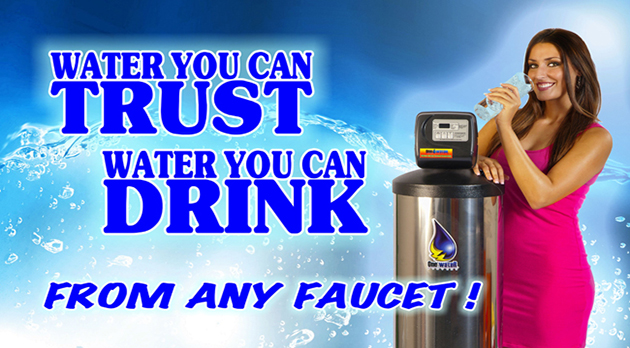Stay Hydrated in this California Heat…
Dehydration, which occurs when the body has insufficient water and other fluids to function properly, can lead to blood clots, seizures, and other potentially fatal complications. Studies have shown that even mild dehydration can have adverse effects on mood and energy. That’s why it’s so important to catch dehydration early on, but the signs aren’t always obvious ones like thirst and fatigue.
Here are six surprising indicators that you might be dehydrated.
1. Bad breath. Saliva has antibacterial properties in it, but dehydration can prevent your body from making enough saliva.
“If you’re not producing enough saliva in the mouth, you can get bacteria overgrowth and one of the side reactions of that is bad breath from chronic dehydration,” says John Higgins, MD, associate professor of cardiovascular medicine at the University of Texas in Houston, and chief of cardiology at Lyndon B. Johnson General Hospital.
2. Dry skin. “A lot of people think that people who get dehydrated are really sweaty; but as you go through various stages of dehydration, you become very dizzy and you don’t have enough blood volume so you get very dry skin,” Dr. Higgins says. He adds that because the skin is dry and not evaporating as well, you can also experience flushing of the skin.
Think you can’t get dehydrated in cooler seasons or climates? Think again. Higgins says symptoms may be milder or come on slower, but it’s still possible to be dehydrated or suffer from heat illness in cooler weather.
3. Muscle cramps. “The hotter you get, the more likely you are to get muscle cramps, and that’s from a pure heat effect on the muscles. As the muscles work harder and harder, they can seize up from the heat itself. Changes in the electrolytes, changes in the sodium and potassium can lead to muscle cramping as well,” according to Higgins.
4. Fever and chills. It might sound counterintuitive, but if your body is severely dehydrated you may experience symptoms like fever or even chills. Fever can be especially dangerous, so be sure to seek immediate medical help if your fever rises over 101°F.
5. Food cravings, especially for sweets. “When you’re dehydrated, it can be difficult for some nutrients and organs like the liver which use water to release some glycogens and other components of your energy stores, so you can actually get cravings for food,” Higgins says. While you can crave anything from chocolate to a salty snack, cravings for sweets are more common because your body may be experiencing difficulty with glycogen production, he says.
Craving something sweet? Reach for a snack that has high water content. Most fruits and vegetables have high water content and will help you stay hydrated, explains nutrition expert and Everyday Health columnist, Johannah Sakimura.
“In fact, some fruits and vegetables are more than 90% water — including cantaloupe, strawberries, watermelon (of course), cucumber, celery, lettuce and leafy greens, zucchini, tomatoes, and bell peppers,” Sakimura says. “Yogurt also supplies a good amount of water.”
6. Headaches. The brain sits inside a fluid sack that keeps it from bumping against the skull, explains Higgins. If that fluid sack is depleted or running low because of dehydration, the brain can push up against parts of the skull, causing headaches.
Some drinks that can cause dehydration include alcohol, energy drinks, and even caffeine as it has a slight diuretic effect.
How to Check If You’re Dehydrated
Not sure if that sweet craving or muscle cramp is a sign you need to hydrate? Here are two other ways to check if your body is dehydrated.
- Try this skin test. First, use two fingers to grab a roll of skin on the back of your hand (between where your watch sits and where your fingers start), advises Higgins. Pull the skin up about ½ to one centimeter high and then let the skin go. The skin should spring back to its normal position in less than a couple of seconds. Higgins says that if the skin bounces back slowly, you might be dehydrated.
- Check your urine. If you’re well-hydrated your urine will be mostly clear with a tinge of yellow, Higgins explains. Yellow, chardonnay, and orange are the “warning” colors to watch for. When your body is about three percent dehydrated your urine will be noticeably yellow. When your body is about five percent dehydrated, your urine will appear chardonnay-colored. When your body is more than five percent dehydrated – which is considered severely dehydrated – your urine will appear orange.


